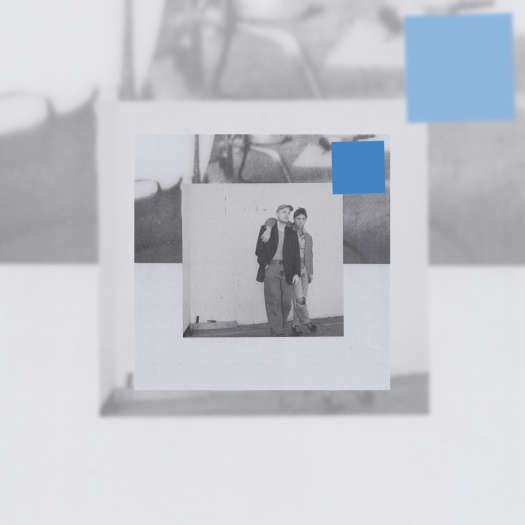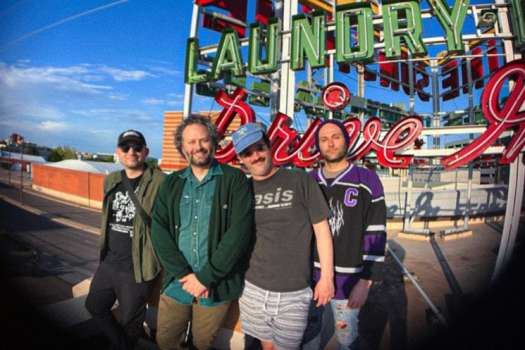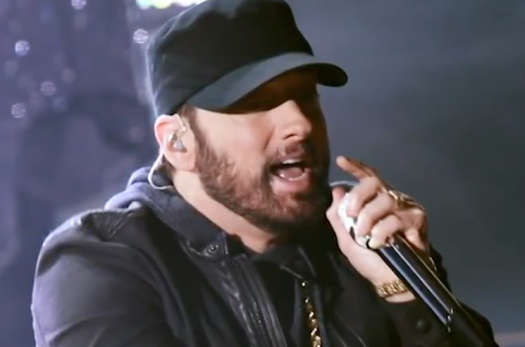William Wyler's strong technical skills and weak personal style collide in this obvious but powerful depression-era melodrama. Set on the East River, where the destitute rub shoulders with the rich and powerful, the film veers towards being a do-it-yourself social problem picture: mix one desperate young woman (Sylvia Sidney) with a plucky unemployed architect (Joel McCrea), add one fugitive criminal (Humphrey Bogart) returning to the old neighbourhood, throw in a bunch of urchins (the Dead End Kids) inching towards a life of crime and you have instant pathos. But though the movie takes forever to get going as it hammers home point after point, once it sparks to life it's hard to shake off. Not easily forgotten is the scene where Bogart is crushed by the discovery that an old flame is turning tricks, or when Sidney begs for a wayward brother's forgiveness because "you don't know what getting in trouble means for people like us." Wyler's impersonal craftsmanship is a minus, in the sense that he doesn't find a personal point of view, but his fluid camera and expert deployment of moody cinematographer Gregg Toland keeps the emotional juices flowing while his wise avoidance of music keeps those emotions pent up and tense. Lillian Hellman's speech-free script is a big help, careful as it is not to underline what is thunderously self-evident; the result is no Threepenny Opera but goes as far as a Hollywood film could in damning the no-exit hell of the dirty '30s and the people trapped in its maw. The Dead End Kids, of course, would go on to long careers, including the famous (and much better) Angels with Dirty Faces. (MGM)
Dead End
William Wyler

BY Travis Mackenzie HooverPublished Apr 1, 2005



